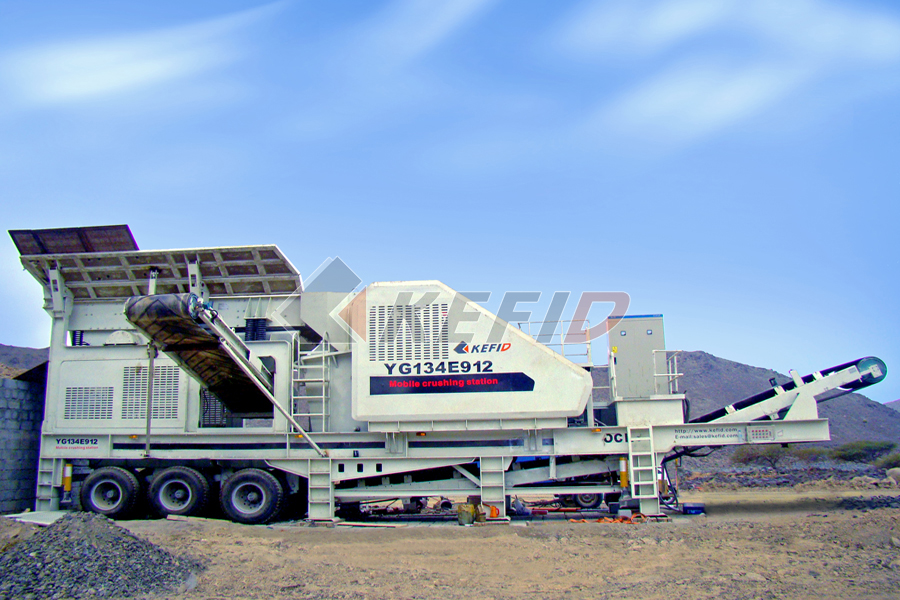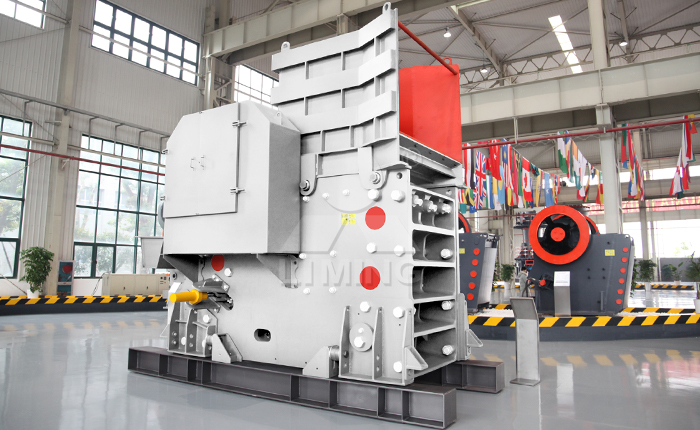Power Vibrating Screens: Overview, Applications, and Key Considerations
1. What is a Power Vibrating Screen?
A power vibrating screen is a mechanical screening machine designed to separate materials by size using vibration. It consists of a screen surface (deck) that vibrates at high frequencies to classify, dewater, or scalp bulk materials like aggregates, minerals, coal, and more.
2. How It Works
– Vibration Mechanism: Driven by electric motors with unbalanced weights or exciters, creating high-frequency vibrations.
– Material Separation: Particles smaller than the screen openings pass through, while larger particles move across the deck for discharge.
– Types of Motion:
– Linear Motion: Ideal for fine screening (e.g., sand, gravel).
– Circular Motion: Used for heavy-duty applications (e.g., mining).
– Elliptical Motion: Balances efficiency and material handling.
3. Key Features
– High Efficiency: Rapid screening with minimal clogging.
– Adjustable Amplitude/Frequency: Optimized for different materials.
– Durable Construction: Often made from stainless steel or polyurethane screens.
– Modular Design: Customizable decks for multi-layer screening (e.g., 2–4 decks).
4. Applications
– Mining & Quarrying: Sorting crushed stones, ores (iron, copper).
– Aggregates: Grading sand, gravel, crushed rock.
– Recycling: Separating plastics, metals, construction waste.
– Agriculture: Grain cleaning, seed classification.
– Chemical/Pharma: Powder sieving, pellet sizing.
 5. Advantages Over Static Screens
5. Advantages Over Static Screens
✔ Higher throughput (up to 5x faster).
✔ Better handling of wet or sticky materials (anti-blind designs).
designs).
✔ Lower maintenance with sealed vibrators.
6. Selection Criteria
– Material Type (abrasive, moist, fine/coarse).
– Capacity Requirements (tons/hour).
– Screen Mesh Size (aperture shape: square, slot, etc.).
– Power Source (electric vs. hydraulic).
7. Common Challenges & Solutions
| Issue | Solution |
|——-|———-|
| Screen blinding | Use self-cleaning mesh




